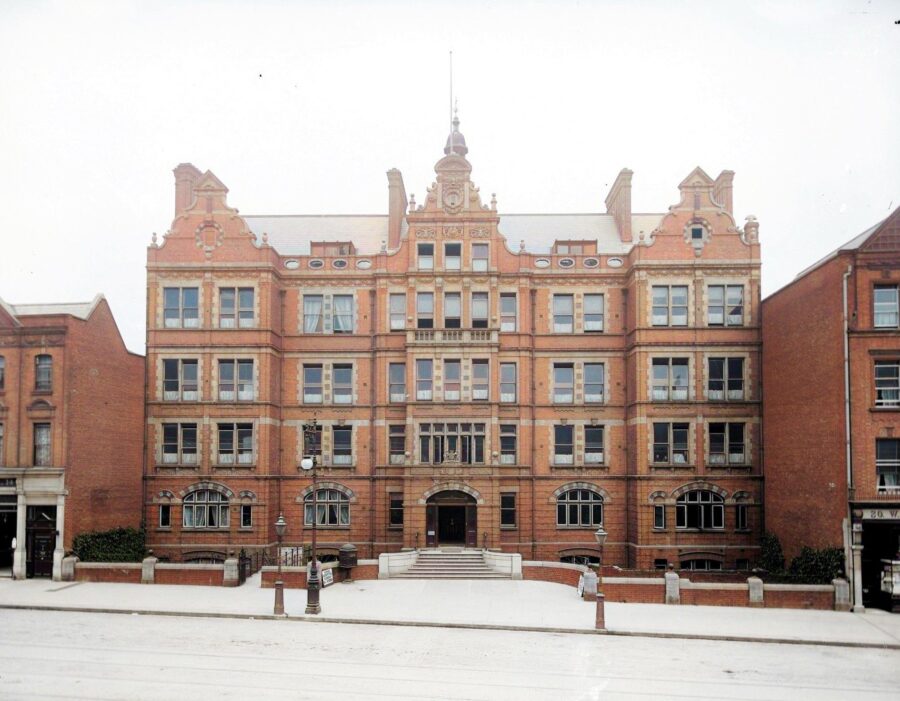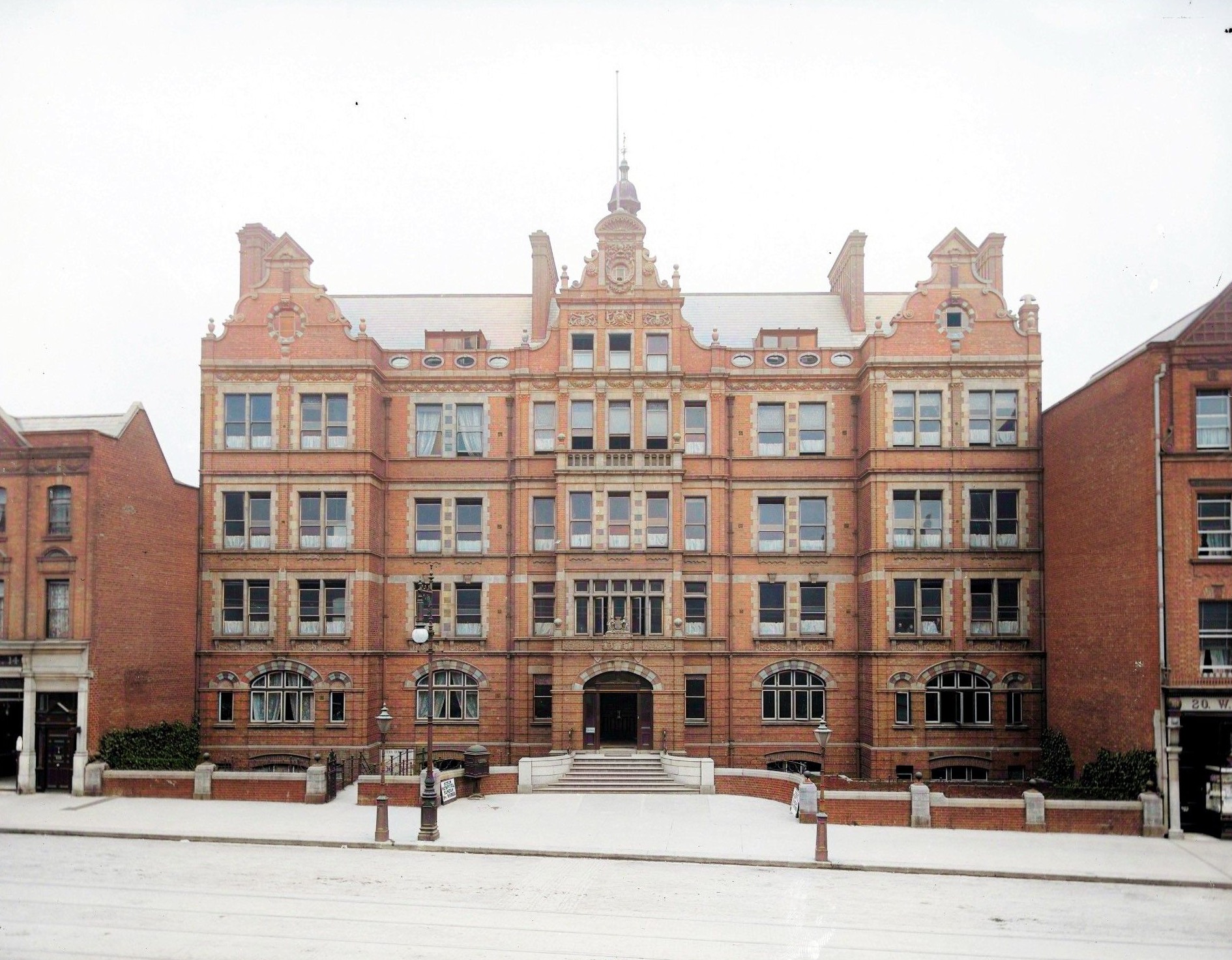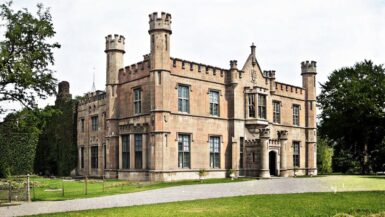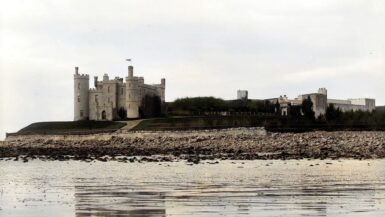The Royal City of Dublin Hospital, initially known as the Baggot Street Hospital, stands as a monument to Dublin’s medical and architectural heritage. Established in 1832, the hospital’s foundation was laid by a group of pioneering doctors from the Royal College of Surgeons in Ireland. It marked the beginning of a significant era in healthcare provision in the city, aiming to cater to the medical needs of Dublin’s population.
Establishment and Early Years
The inception of the hospital was influenced by the philanthropic efforts of the 11th Earl of Pembroke, who not only contributed financially but also brought architectural innovation to the hospital’s structure. His second wife, Catherine Verontsova, took a particular interest in the hospital, further enriching its cultural and structural dimensions. The early years of the hospital saw notable contributions from esteemed medical practitioners, including the anatomist John Houston, who was among the attending consultant surgeons.
Architectural Evolution
In 1893, the hospital underwent significant architectural enhancements. The façade was redesigned with red brick and terracotta tiles, based on the designs of Albert Edward Murray. This period also saw the addition of ornate decorative elements, such as terracotta scallops and swags, sourced from quarries in Wales. These enhancements contributed to the hospital’s distinguished appearance and stood as a testament to the period’s architectural trends.
Royal Patronage and Renaming
The hospital’s prominence was further solidified following a visit by Princess Alexandra in 1900, after which it was renamed the Royal City of Dublin Hospital. This royal endorsement highlighted the hospital’s importance in the medical landscape of Dublin and Ireland at large.
Transition and Closure
Despite its significant contributions to medical care and community service, the hospital’s operations as an acute medical facility came to an end in 1987. The amalgamation of services with other hospitals, along with changes in the healthcare landscape, led to the transfer of acute services to St. James’s Hospital. However, the hospital’s legacy continued through its use for community services and as a site for drug treatment and community facilities, until its closure in 2019.
Legacy and Disposition
The Royal City of Dublin Hospital’s building, recognized for its architectural value and historical significance, was put on the market with expectations of redevelopment. While the primary acute medical services ceased, the Health Service Executive expressed intentions to lease back part of the building to ensure the continued provision of primary care services.
Conclusion
The Royal City of Dublin Hospital’s history is a rich tapestry that reflects the evolution of medical care, architectural design, and community service in Dublin. From its foundation in 1832 to its closure and beyond, the hospital has been a significant landmark, embodying the city’s medical heritage and its ongoing commitment to healthcare and community well-being.







Leave a reply